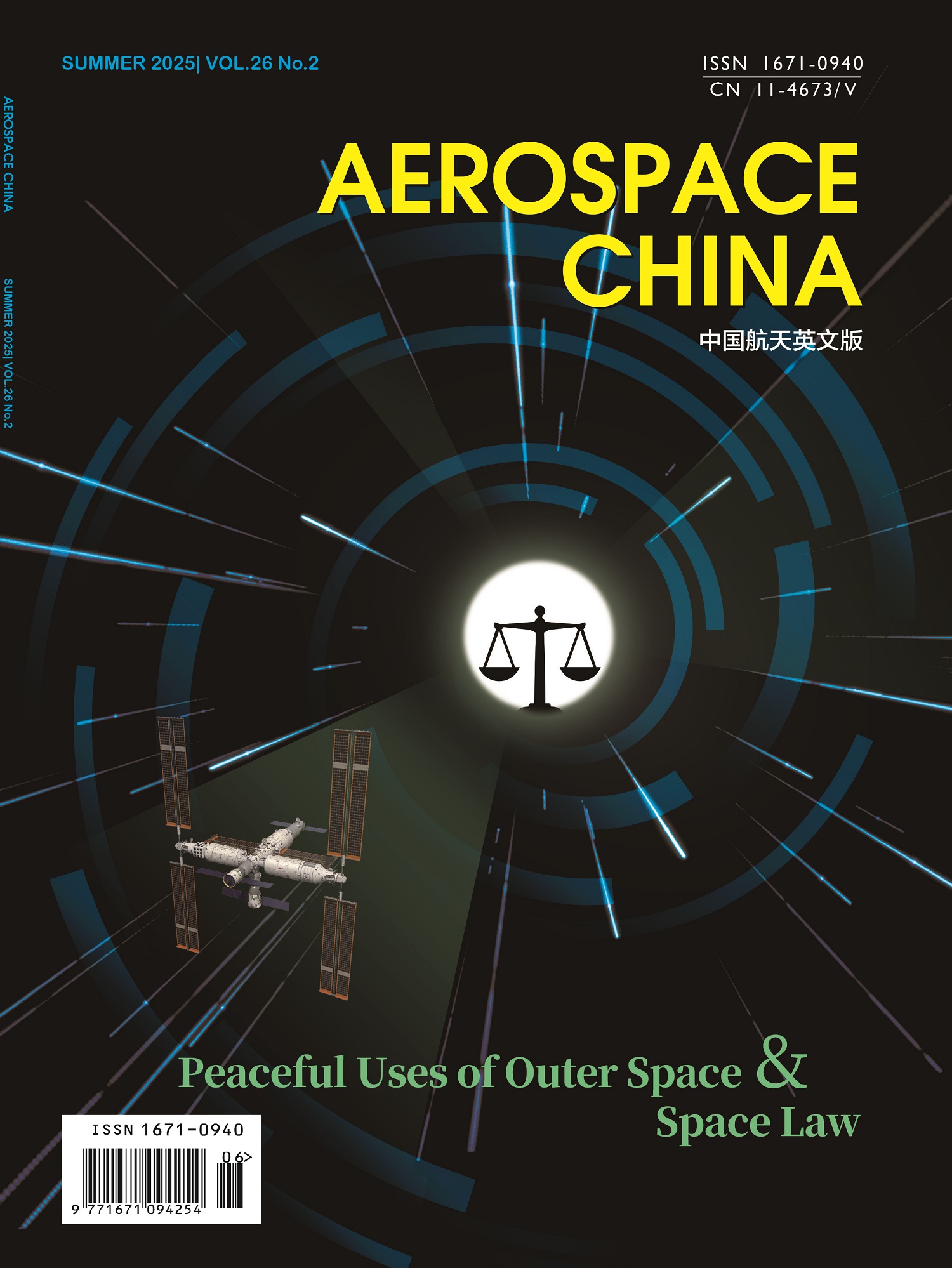Insight-HXMT: China’s First X-Ray Astronomical Satellite
PAN Teng, NI Runli, ZHANG Long, HONG Bin, GU Quanying, LU Fangjun , XU Yupeng
2017, 18(4):
3-12.
doi:10.3969/j.issn.1671-0940.2017.04.001
 Abstract
(
249 )
Abstract
(
249 )
 PDF (1265KB)
(
281
)
Related Articles |
Metrics
PDF (1265KB)
(
281
)
Related Articles |
Metrics
The Hard X-ray Modulation Telescope (HXMT) satellite is the first X-ray astronomical satellite in China. Utilizing the “direct demodulation image reconstruction method”, HXMT will perform broad band (1 - 250 keV) sur�vey of large sky areas in scanning mode, which can result in source detection characterized with high sensitivity and spatial resolution. Point observation is another key working mode of HXMT, and is specified for observations of galactic bright sources like X-Ray Binary (XRB) and others. Additionally, HXMT also has a powerful capability developed for monitoring gamma-ray bursts, which is quite unique in the world due to its energy coverage of 200 keV - 3 MeV and largest detection area.
The HXMT satellite was launched by a Long March 4B (LM-4B) rocket from the Jiuquan Satellite Launch Center on June 15, 2017. The payloads onboard HXMT are a High Energy X-ray Telescope (HE), a Medium Energy X-ray Tele�scope (ME), a Low Energy X-ray Telescope (LE), and a Space Environment Monitor (SEM).
This paper introduces the main technical aspects of the satellite, including scientific objectives, technical features, mission design, and system design.



